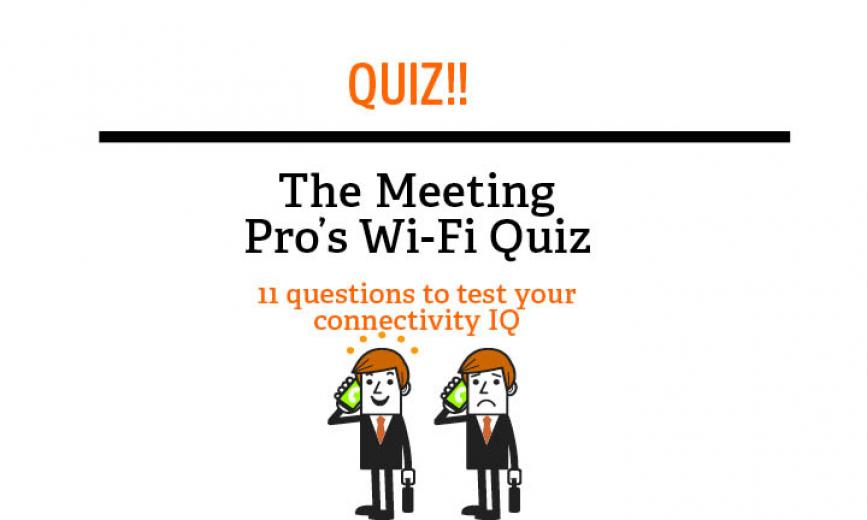1 23
1 23
Venues should be able to share this invaluable bandwidth-usage information with you in the post-con. (Insist on it in the contract.) A handy tool to help groups of up to 1,000 attendees estimate their Wi-Fi needs is the Convention Industry Council’s Event Bandwidth Estimator.
Read more about estimating Wi-Fi use on MeetingsNet.
The Federal Communications Commission has stated that “No hotel, convention center or other commercial establishment or the network operator providing services at such establishments may intentionally block or disrupt personal Wi-Fi hot spots on such premises, including as part of an effort to force consumers to purchase access to the property owner’s Wi-Fi network.”
The primary issue is the potential for interference between the networks, which can cause all the Wi-Fi to slow down. While the FCC is clear that hotels and convention centers can’t block personal hotspots, some event organizers are establishing policy around networks on the show floor.
It depends on a number of variables, including the type of access point, the interference in the building, and the number of devices each attendee is using.
A mobile Web app (versus a native app) requires attendees to access the Internet every time they check the schedule or other information on the app. Apps that encourage photo or video posts or that have game elements that ask attendees to interact on social media or require checkins also eat up bandwidth. If you are pushing hundreds or thousands of attendees toward your app, expect an upsurge in Internet use.
The network service provider is the primary contact for connectivity services within a facility.
Having more access points doesn’t always correlate with faster Wi-Fi because with a very dense network of access points, you need to reduce the signal power of each of them. If you don’t, the access points can create interference with each other.
Older mobile phones operate on the 2.4GHz frequency while newer smartphones and devices can run on the less crowded 5.0GHz frequency. Dual band (5GHz and 2.4GHz) access points are used by most venues.
The Wi-Fi Coalition, initiated by the International Association of Venue Managers, hopes to foster collaboration and dialogue between venue managers, service providers, show organizers, meeting planners, exhibitors, and attendees. The APEX Bandwidth and Connectivity Workgroup is a good resource for basic information on Wi-Fi issues at meetings.
Li-Fi uses light to send data, often at up to 1GBps, which is 100 times faster than Wi-Fi.

